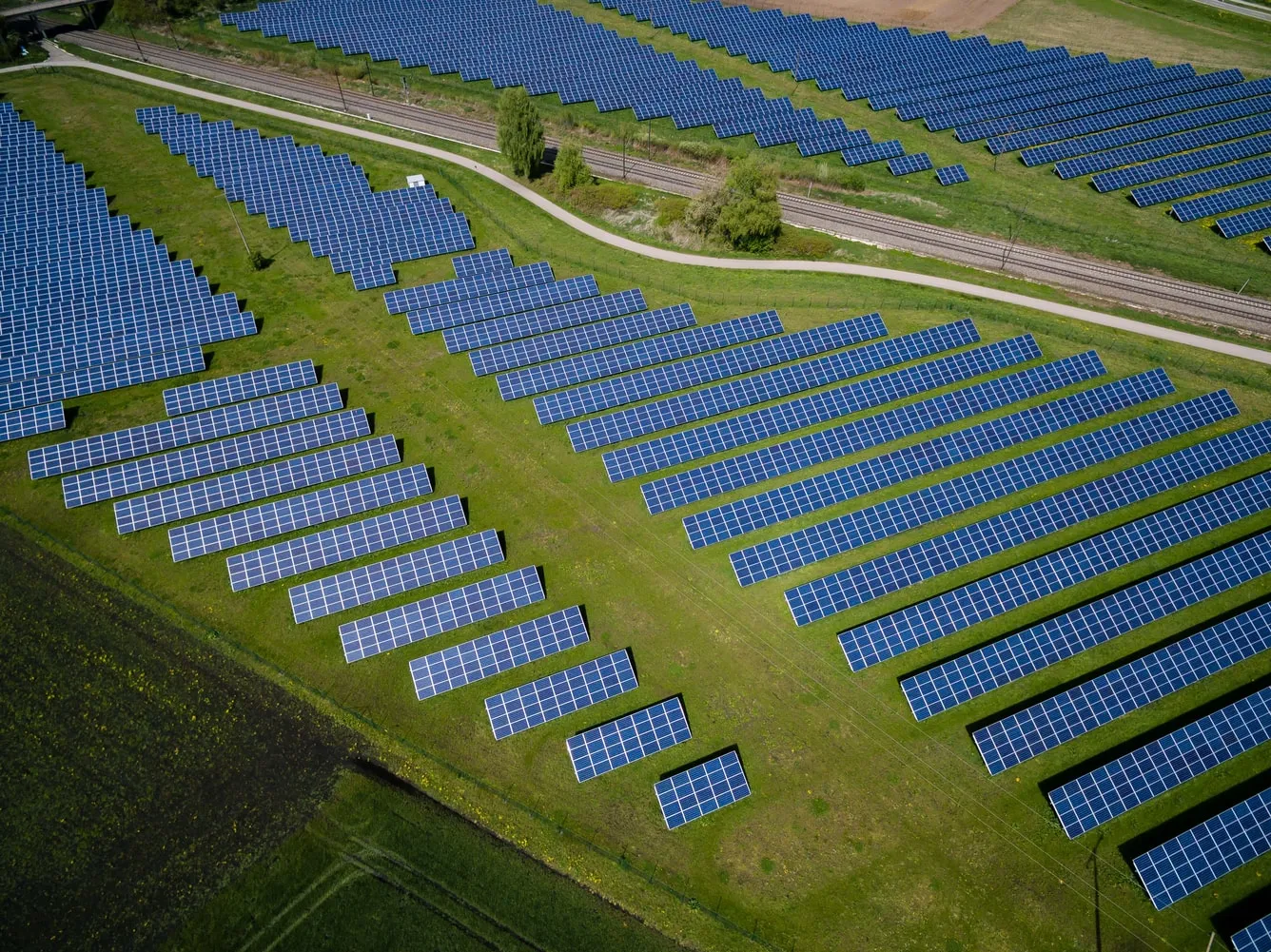CRU are undertaking a review of the connection policy for large new energy users to the electricity and gas systems with the aim of minimising their impact on national carbon emissions while considering the capacity of grid infrastructure. This is in response to the Government publication of the Sectoral Emission Ceilings (SEC) and the Government Statement on the Role of Data Centres in Ireland’s Enterprise Strategy.
One of the main topics discussed in the consultation is whether new LEUs should be net zero at the time of connection or whether there should be a transition period. CRU have recognised that industry believe that achieving net zero emissions from LEUs at time of connection in the short term was unworkable. The regulatory building blocks to facilitate and demonstrate net zero demand at time of connection are not yet in place and will be required in advance of a connection policy requirement. CRU has said they see merit in implementing a transition period that can facilitate the development and maturation of different options while also allowing for maintaining optionality in how different LEUs in a range of locations with different characteristics can meet the net zero emissions challenge.
The location of LEUs, their proximity to renewable energy, availability of grid capacity, co-location of supply and demand, the concept of energy parks form part of the consultation with the EAI supporting the pragmatic location of LEUs and their proximity to generation sites.
The consultation covered a wide array of issues such as
- A provision for non-firm or timed connection offers for electricity, or interruptible contracts for gas subject to a transition period.
- Demand flexibility, the ability to provide primary energy service flexibility, whether dispatch down or dispatch up,
- Provision of flexibility on or off-site through CPPA for storage or alternative arrangements.
The EAI outlined its support for a broad approach, which proposes targeted and tailored market-based incentives to incentivise energy users to respond to the needs of the electricity system and provide the kinds of flexibility services that will contribute to the reliability and decarbonisation of the grid.

